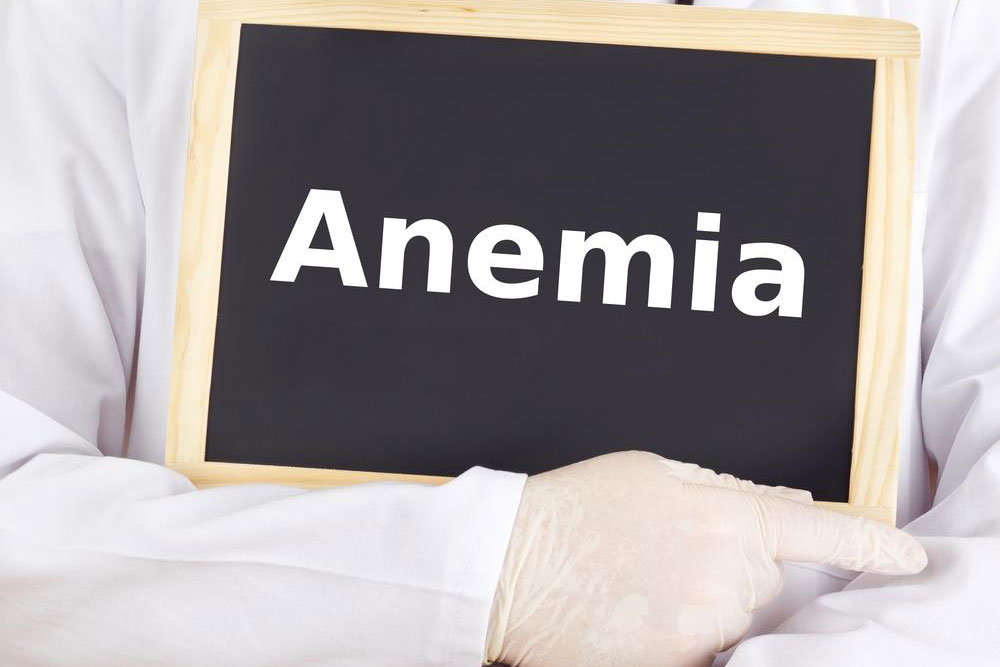
7 types of anemia
7 types of anemia
Anemia is a medical condition that one develops when the blood doesn’t have a sufficient number of healthy red blood cells for transporting oxygen to the body tissues and for battling infections. It is primarily characterized by symptoms such as extreme fatigue and weakness. Some additional symptoms could include pale or yellowish skin, brittle nails, breathlessness, dizziness, bruising easily, cold hands and feet, irregular heartbeats, chest pain, and headaches.
Types of anemia
There are multiple types of anemia that can be triggered by different causes. Therefore, one should consult a doctor for proper diagnosis and an effective treatment plan. Here are some common types of anemia that one should be aware of.
Iron deficiency anemia
Set off by the shortage of iron in the body, this is the most widespread type of anemia in the world. The bone marrow in the body requires an adequate amount of iron to churn out red blood cells. Typically, if one isn’t consuming iron-rich food, they can develop anemia. Apart from a poor diet, causes of anemia could be ulcers, heavy menstrual bleeding, and consistent use of over-the-counter painkillers. The doctors will usually prescribe iron supplements and suggest making some changes to the diet for overcoming anemia.
Pernicious anemia
Apart from iron, the body also needs vitamin B12 and folate to generate healthy red blood cells. Like iron deficiency, vitamin deficiencies are often caused by a diet that lacks some essential nutritional elements, or the deficiencies may be caused by conditions such as celiac or Crohn’s disease that cause vitamin B12 malabsorption. To amplify the production of red blood cells, the doctor will prescribe vitamin supplements and recommend some changes to the daily diet.
Aplastic anemia
This a more severe kind of anemia that can have life-threatening effects. As opposed to the low production of red blood cells, in aplastic anemia, a person’s system is unable to produce any red blood cells. Therefore, one will need immediate medical attention. Some of the causes of aplastic anemia are pregnancy, autoimmune diseases, infections, specific types of medicines, and exposure to lethal chemicals.
Hemolytic anemia
In this type of anemia, the red blood cells get destroyed at a faster rate, giving the bone marrow barely any chance to replace them. Some types of blood diseases can trigger such form of blood cell destruction. This condition might develop later in life or it may be genetic.
Sickle cell anemia
This is an inherited disease that is caused by a defective type of hemoglobin that compels the red blood cells to adopt an anomalous crescent or sickle shape. These abnormally shaped blood cells suffer a premature death, which causes a chronic scarcity of red blood cells in the body.
Anemia caused due to chronic diseases
A common type of anemia, this condition is triggered when the body has weathered a chronic condition for a long time. Such diseases affect the body’s ability to create healthy red blood cells. Lupus, kidney diseases, infections, diabetes, Crohn’s disease, ulcerative colitis, and rheumatoid arthritis are some disorders that are known to cause anemia.
Tag – anemia


